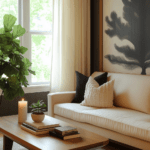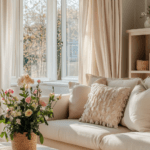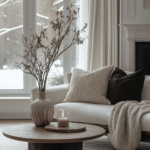
In a world that rarely slows down, our homes have the power to either add to the chaos or help us breathe easier. If your surroundings feel overstimulating, scattered, or heavy, it’s no coincidence that your mind might too. Clear space, clear mind isn’t just a catchy phrase, it’s a powerful truth. The energy of our environment deeply influences how we feel, focus, and move through the day.
When clutter builds, it quietly weighs on our emotional well-being. The piles, the mess, the overfilled surfaces, they all send signals to the brain that something’s out of order. But the good news? Thoughtful, intentional design can do the opposite. By simplifying your space, even in small ways, you create more than just visual calm; you create room for mental clarity, peace, and a sense of control.
In today’s post, we’ll explore how small, mindful shifts in your home’s layout and styling can help you feel lighter, clearer, and more connected to your inner calm. Let’s begin your design detox.
Why Decluttering Isn’t Just Physical
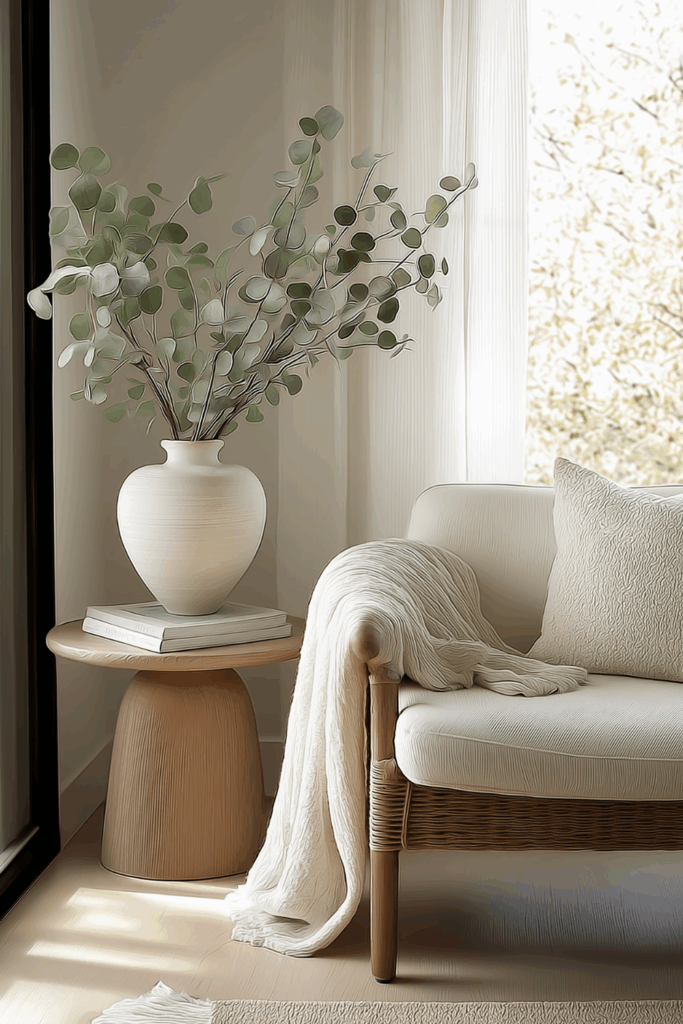
We often think of clutter as a visual issue: piles of paper, overflowing closets, or counters that never seem to stay clear. But what if the clutter in our homes is quietly contributing to the mental clutter in our minds?
Science backs this up: studies show that disorganized, overstimulating environments can spike cortisol levels, disrupt our ability to focus, and even increase anxiety. When your space is chaotic, your nervous system stays on high alert, constantly scanning, processing, and reacting. It’s exhausting, even if you don’t consciously notice it.
That’s why the mantra Clear Space, Clear Mind is more than just a catchy phrase. It’s a reflection of the deep connection between your outer world and your inner peace. Decluttering is a powerful form of self-care, one that carves out space not just in your home, but in your head and heart.
When you let go of the excess, the unused, the unloved, the overwhelming, you make room for calm to take root. You create a setting that supports presence, intentionality, and ease. And that’s when the real transformation begins.
Step One: Start with Purpose
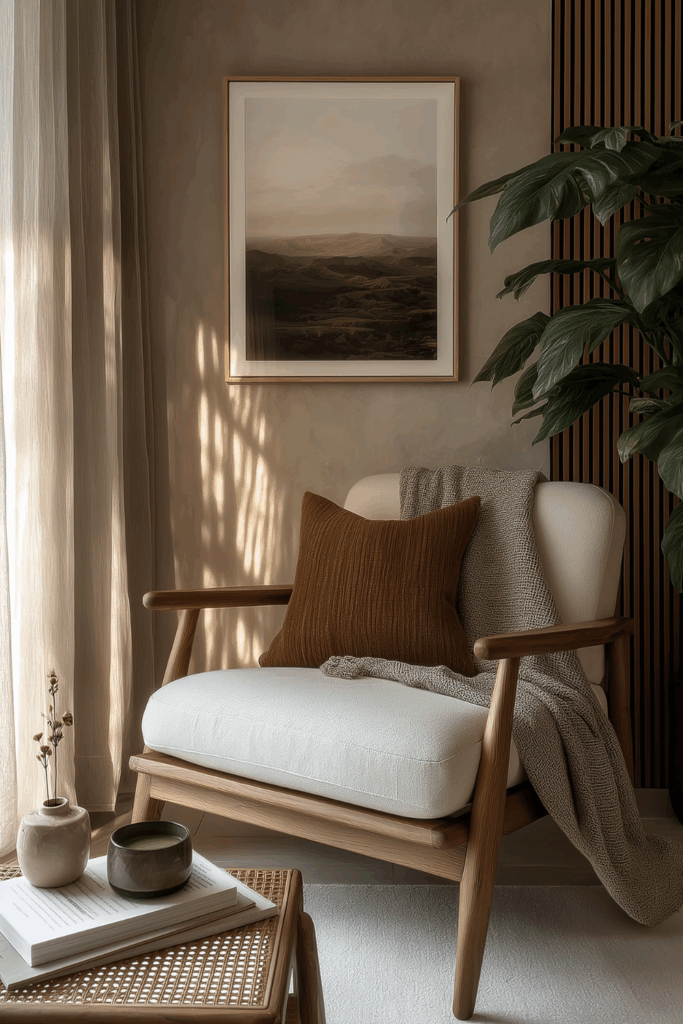
Before you begin clearing the clutter or rearranging a single item, pause. Breathe. And ask yourself, why do I want to simplify this space?
True transformation starts with intention. Whether you’re longing for more calm, focus, energy, or simply a sense of control, identifying your “why” helps anchor the process in something deeper than aesthetics. Decluttering becomes more than just a chore, it becomes an act of self-honoring.
Instead of approaching each room with a checklist, step into it with presence. What role does this space play in your life? What do you want it to feel like? A bedroom might call for rest and restoration, while your entryway might need to feel open and welcoming. Setting a purpose for each area ensures every choice you make supports the life you want to lead.
✨ Divine Tip: As you sort through items, softly repeat a grounding mantra like “I release what no longer serves me.” Let it become your rhythm, a reminder that this isn’t about perfection. It’s about creating space for peace to flow in. This is how a Clear Space Clear Mind begins, with clarity of purpose and a heart open to letting go.
Step Two: Edit One Space at a Time

Simplicity doesn’t happen all at once; it unfolds, gently and intentionally, one small area at a time.
Instead of trying to declutter your entire home in a weekend, start with just one space. A single drawer, a forgotten console table, a quiet shelf. These micro-moments of editing carry more power than you might expect, especially when done with care.
Ask yourself: What do I actually use here? What do I genuinely love?
This isn’t about stripping everything away. It’s about aligning your environment with how you want to feel. If a piece doesn’t serve a purpose or spark a sense of joy or calm, release it. Let your home breathe with you.
You’ll be surprised how freeing it feels to give one corner your full attention. That drawer you open every morning can shift from cluttered chaos to peaceful clarity, and that small change ripples outward.
✨ Divine Tip: Trust the ripple effect. Editing one intentional space helps create momentum. Each simplified corner becomes proof that your outer world can support a clearer, calmer mind.
Step Three: Design for Ease and Peace
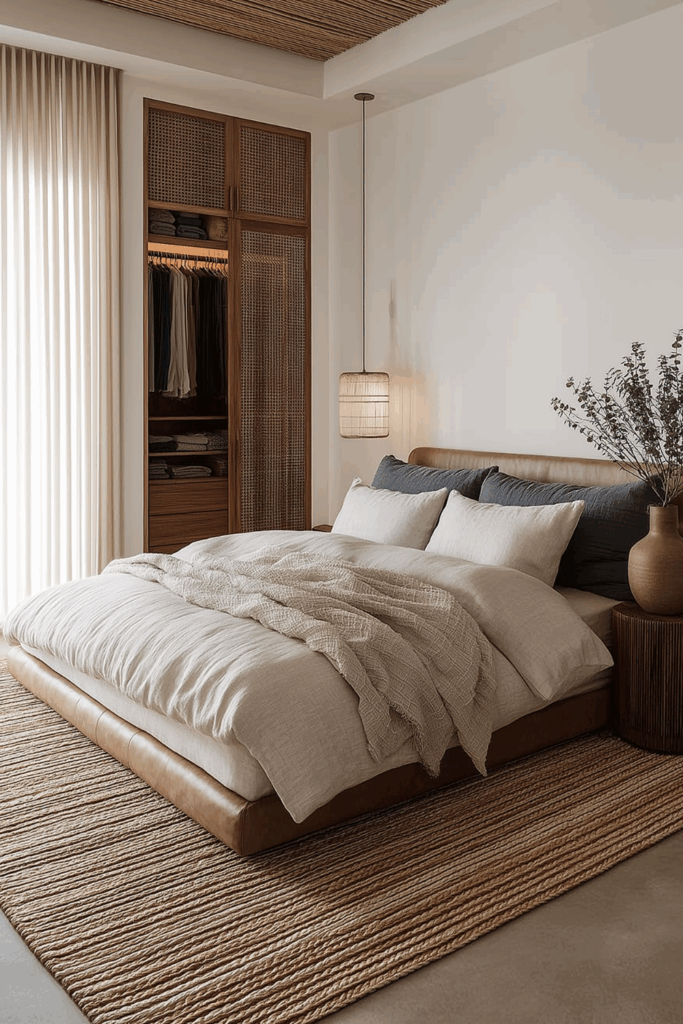
Now that you’ve cleared what no longer serves you, it’s time to bring intentional beauty back in. The best spaces aren’t just styled, they’re felt. They breathe. They support your energy, not steal from it.
Designing for ease and peace means choosing materials, colors, and textures that speak to your nervous system in whispers, not shouts. Think soft linen drapes that sway in the breeze, a warm wooden bench with curved edges, and a neutral palette that allows your senses to rest. These aren’t just aesthetic choices, they’re energetic ones.
Let negative space be your ally. You don’t need to fill every surface. Give your eyes a moment to pause. A single sculptural vase, a linen-covered book, or a softly glowing lamp can speak volumes when placed with intention.
And when selecting furniture or decor, ask: Does this make life feel smoother? Flow matters; physically, emotionally, and visually. Choose what invites calm movement and gentle rituals, not clutter or chaos. When every item supports the feeling you want to cultivate, your home becomes a true reflection of your inner clarity.
✨ Divine Tip: Less isn’t lacking—it’s liberating. Let your design choices become quiet affirmations of peace.
Step Four: Create Gentle Visual Anchors

Once the clutter is cleared and the intention is set, it’s time to gently guide the energy of your space with visual anchors, thoughtful elements that both ground the room and soothe the senses. These are not just decorative touches, but quiet signposts for the eye, inviting you to pause, soften, and settle.
Start with trays, low bowls, or woven baskets to corral everyday items with care. A simple tray on a coffee table can hold a candle, a favorite book, and a small bud vase, transforming the surface into a moment of beauty. In the entryway, a basket for keys and mail adds order and ease. These soft boundaries bring clarity without rigidity; a key balance in creating peace at home.
To deepen the sense of calm, layer in sculptural accents that bring form and serenity; think a curved ceramic vessel, a hand-carved wood object, or a smooth stone placed on a shelf. These pieces serve as grounding elements that add texture and soul without overwhelming the space.
Then, go one step further and weave rituals into your design. A morning matcha station by a sunny window, a softly lit reading nook with a textured throw, a quiet altar with your favorite affirmations; these intentional vignettes become touchstones in your day, reinforcing the message that your home is a sanctuary.
✨ Divine Tip: Let your home visually say, “you’re safe here.” With every basket, every tray, every moment of beauty and function, you’re sending a gentle message to your nervous system: breathe, you belong, you’re held.
Step Five: Maintain with Meaning
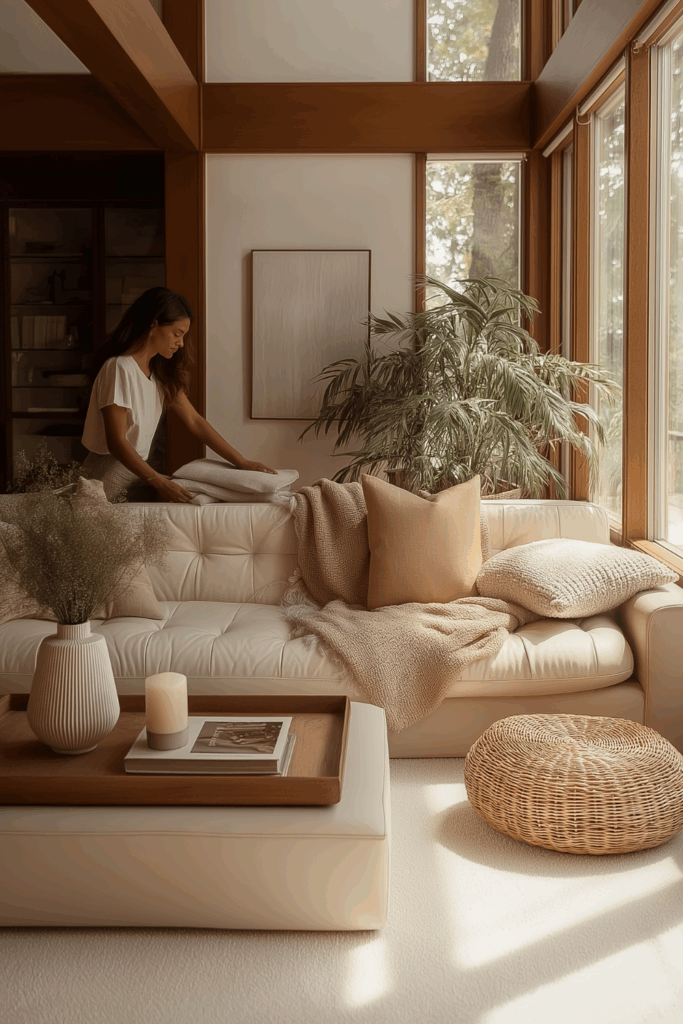
The magic of a clear, peaceful space isn’t found in a one-time makeover; it’s found in the small, consistent acts that support your intention over time. Maintaining a home that feels like a sanctuary doesn’t have to be overwhelming. It’s about creating meaningful rhythms that nourish both your space and your spirit.
Start with a weekly 10-minute reset ritual. Choose a time that works for your natural flow, maybe Sunday evening or Monday morning, and spend just ten minutes putting things back in place, clearing surfaces, and gently refreshing one area. It’s not about perfection, but presence. Light a candle, put on calming music, and make it a moment you look forward to.
Each season, revisit your intention for the space. As your energy shifts with the time of year, so should your home. Maybe spring calls for airy openness, while autumn invites in cozy warmth. Let your home evolve with you, not out of obligation, but as a reflection of your current needs and desires.
And perhaps most importantly, let go as life evolves. Simplifying your home is not a one-and-done project. It’s a loving, ongoing dialogue with your surroundings. Release what no longer fits the person you’re becoming, and keep only what feels aligned, supportive, and alive.
✨ Divine Tip: A peaceful home is not a final destination; it’s a relationship. Nurture it with small, intentional actions, and it will continue to hold you with grace through every chapter.
A Home That Heals
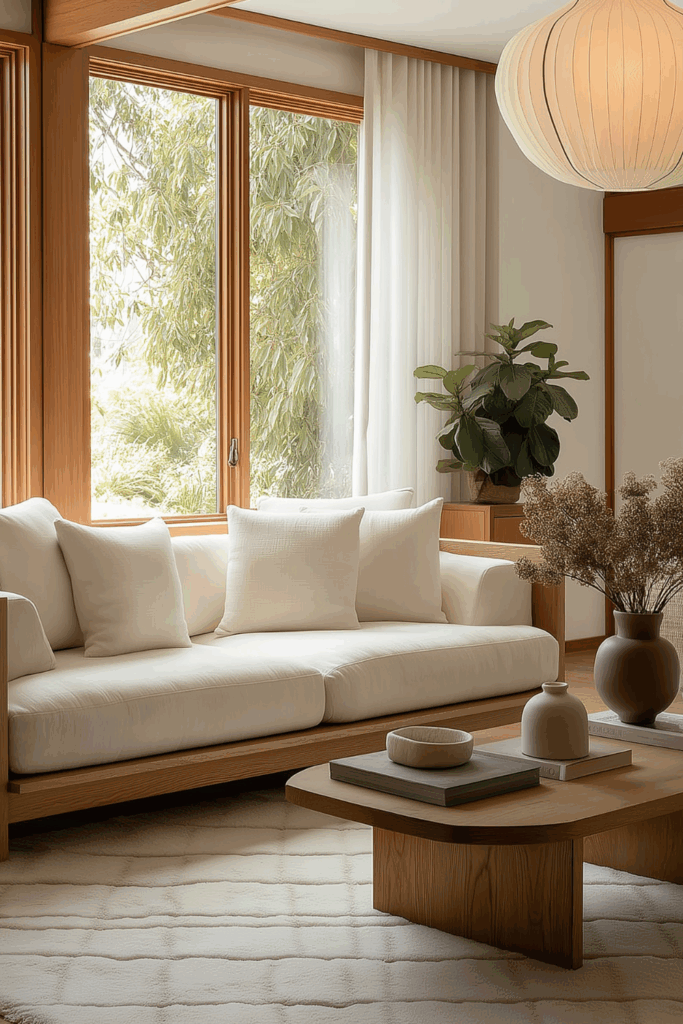
When we strip away the excess and tune into what truly matters, something remarkable happens: our home begins to reflect our inner world. A space that once felt noisy or overwhelming now becomes a sanctuary of softness, intention, and ease.
By choosing to live with less but feel more, you’re not just designing a home, you’re creating a space that heals, nurtures, and supports your well-being. Every cleared surface, every intentional corner, becomes a gentle reminder that peace lives here.
Remember, your home is always speaking to you. Let it say, “You are safe. You are supported. You are at peace.”
✨ Ready to continue creating a calmer space?
Explore more posts for styling tips, serene inspiration, and Organic Modern ideas to help you live and design with intention.
